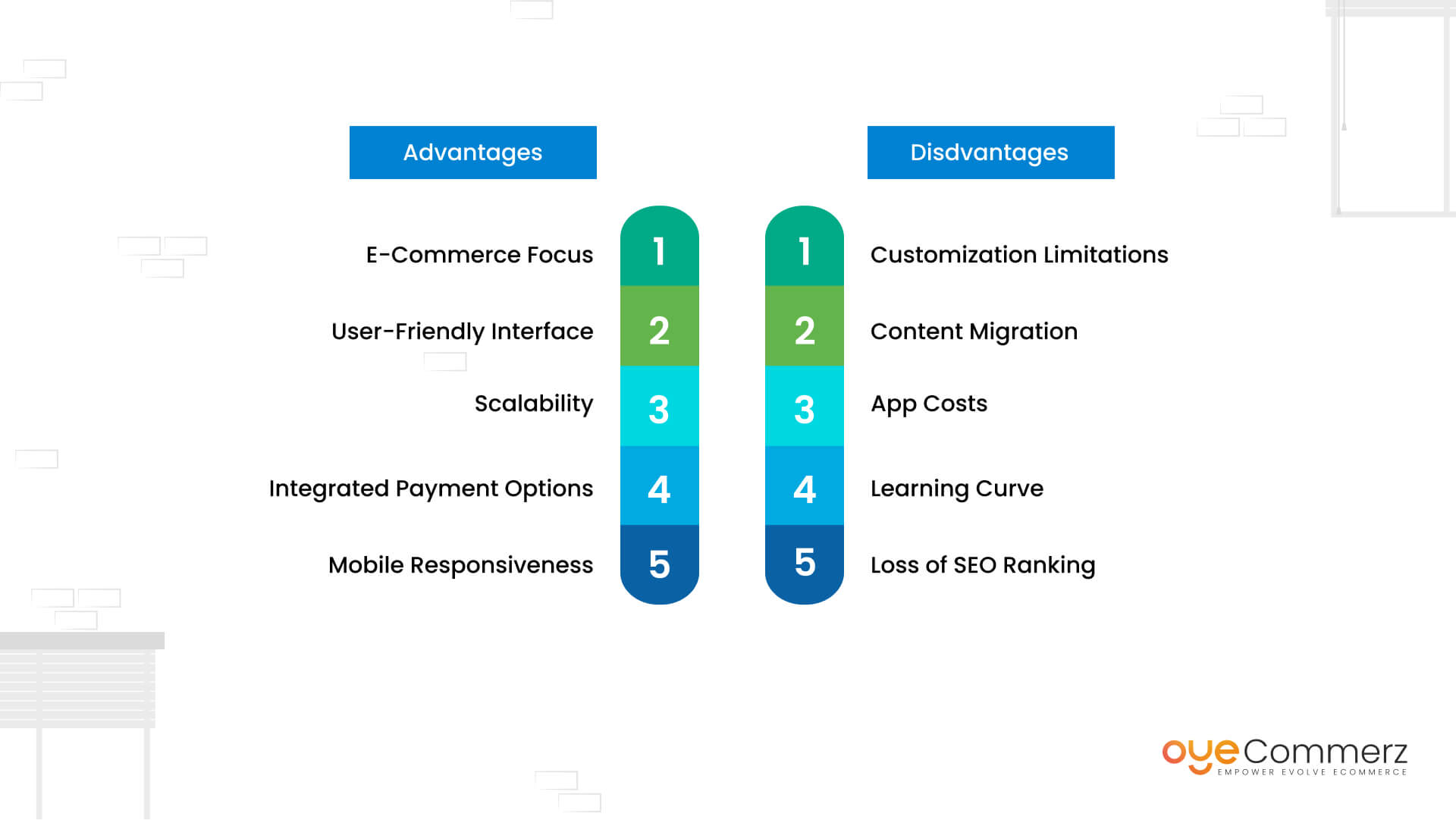Shifting from WordPress to Shopify marks an promising step toward streamlining your e-commerce processes. As businesses expand, choosing a solution that aligns with scalability, UX, and customization is essential. Shopify has emerged as a preferred choice for online merchants, providing unmatched adaptability, security, and user-friendliness. In this guide, we will delve into why this migration is a game-changer, highlight the benefits, and share actionable steps to facilitate a seamless move.
1. Top Reasons to Transition from WP to Shopify
The combination of WordPress and WooCommerce, continues to support countless online stores. Nevertheless, as businesses scale, challenges like plugin dependency, data risks, and technical complexities often obstruct growth. Shopify, specifically created for digital retail, eliminates these concerns with an all-in-one, user-friendly platform. Real data supports this transition—Shopify powers over 4.4 million stores worldwide, with a reported 10% boost to sales performance for many businesses post-switch.
2. Shopify's Advantages for Thriving Online Stores
Shopify’s robust ecosystem caters for scaling businesses. Its notable features include:
- Effortless Design Flexibility: Shopify provides over 80 professionally designed themes.
- Built-in Features: Capabilities such as Shopify Payments and built-in SEO save time and effort.
- International Expansion: Multi-currency support and localization features enable brands to expand internationally.
Additionally, Shopify boasts an availability percentage of 99.98%, ensuring your store is always operational.
3. Getting Ready for Your WP-to-Shopify Transition
Before migrating, evaluate your existing setup. Analyze product data, client information, and search engine rankings. Resources such as Shopify’s Migration Kit or third-party solutions can simplify this process. Develop a detailed strategy, making sure all assets—product descriptions, media files, and articles—are ready for seamless import.
4. Data Migration: A Critical Step
Transferring your data forms the foundation for a smooth platform switch. When migrating from WordPress to Shopify, focus on:
- Inventory Details: SKU, item summaries, and groupings.
- Customer Data: Emails, order history, and preferences.
- SEO Optimization: Retain meta Shopify vs WooCommerce pros and cons tags, URLs, and forwarding paths to avoid SEO losses.
Use tools such as LitExtension to streamline data transfer while minimizing errors.
5. Customizing Your Shopify Store
Post-migration, customizing your Shopify store ensures it aligns with your brand. Take advantage of Shopify’s intuitive page builder to create layouts with ease. Shopify's templates are optimized for all devices, providing a seamless UX across platforms—a key point, since 74% of online shopping is generated by mobile visitors.
6. How to Protect Your SEO Rankings When Switching Platforms
SEO is vital for maintaining your visibility during migration. Shopify excels in SEO with clean URL structures, built-in optimization tools, and seamless blog integration. Make sure you:
- Set up URL forwarding for existing links.
- Enhance updated content with targeted phrases.
- Leverage plugins like Plug in SEO to track analytics after the switch.
7. Essential Tests After Migrating to Shopify
Once the migration is complete, conduct thorough testing.
Review: - Website speed (Shopify delivers faster speeds in contrast with WordPress).
- Functionality of payment gateways and checkout processes.
- Mobile responsiveness.
Quality assurance guarantees your store delivers Data migration to Shopify a seamless shopping experience from day one.
8. Case Study of a Successful Migration
An example of effective platform switching is Gymshark, a sportswear company that moved to Shopify. Post-migration, the company experienced a 60% boost in mobile sales and significantly lowered site downtime. This highlights the potential of Shopify in driving online business success.
9. Overcoming Common Migration Issues
Migration is not without obstacles, such as data integrity and reconfiguring custom functionalities. However, Shopify’s extensive assistance and external professionals make overcoming these hurdles manageable. Partnering with qualified Shopify developers helps guarantee a smooth transition.
10. Making the Switch: The First Step Toward Success
Switching from WP to Shopify marks a forward-thinking decision to online retail. By addressing scalability, simplifying management, and improving buyer satisfaction, Shopify empowers businesses to thrive in challenging industries.
Conclusion
Switching from WP to Shopify offers a smart solution that can significantly boost your online business performance. With a well-structured strategy, the right tools, and professional guidance, you can achieve new growth opportunities.
Excited to start the journey? Reach out today to learn how our Shopify migration services can transform your e-commerce platform. Contact us now, or ask yourself: Can your business afford to miss out on Shopify’s growth potential?
